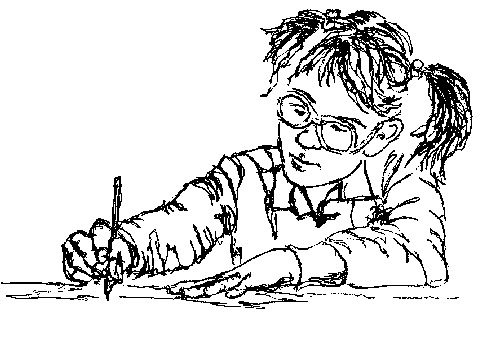 A word of advice
A word of advice
As the teacher, you set the climate of your classroom and determine which strategies you can use to increase student confidence in your classroom. Your training and previous practical experiences have provided you with a repertoire of pedagogical skills that enable your success with students. The strategies presented in the next sections will add to your collection of techniques that can enhance students’ learning. They do that by: (1) helping students monitor their progress and (2) building their confidence in their ability to learn. Once students believe they can learn and achieve, teaching becomes much easier.
Living down the past
The results of several hundred research studies demonstrate that the major reason most students do not achieve to their potential is that they really do not believe they can succeed. I failed badly during my first attempt at snow skiing. It was 12 years before I tried again. Because of my initial failure, I believed I could not ski, and it was only after I observed others similar to myself successfully ski that I was willing to once again try it. It was only after I experienced small successes during this later trial that I began to believe that I might possibly learn to ski. Your students may also be haunted by past failures. This is particularly true for students who have been underachieving for an extended period of time. Their past experience probably has convinced them that they have limited prospects in the future.
Being aware of the trees through the forest
Many of your students are unaware of the progress they are making. Even adults are often unaware of their own progress and growth until someone points it out to them. A young college student was excitedly describing a variety of books he had read on school reform for a college education class he was taking. Later in his conversation he mentioned that he really had not learned anything in the class. When he was reminded about his earlier discussion on school reform and what he had read and talked about in class, he replied, ‘I guess I really have learned a lot.” Even at the university level, students often are not aware of the progress they are making.
The strategies presented on this Website
- are designed to help your students recognize and appreciate their own and their peers’ accomplishments,
- are based on an extensive review of the research on self-efficacy that has occurred since Albert Bandura first coined the phrase “self-efficacy” in 1977, and
- have demonstrated increased student confidence in an earlier study.
These strategies are simple and will require minimal modification of your teaching day. By capitalizing on students’ accomplishments, you can build their confidence to learn.
Where do we go from here?
Now that you are aware of factors that influence the confidence your students develop toward various learning tasks, you can begin to implement strategies to increase student self-efficacy. The next eight sections of this website outline and model specific strategies you will use to increase the confidence of the student you selected for this study. The eight strategies are:
- Compliment Students on the Skills They Develop
- Help Students Practice Lack-of-Effort Explanations for Poor Performance
- Avoid the Appearance of Unsolicited Help
- Promote Recognition of Progress During a Lesson
- Help Students Set Goals
- Help Students Document Their Growth
- Use Peer Models
- Help Students Serve as their Own Model
Check Your Understanding:
Next Section: Compliment Students on the Skills They Develop
Previous Section: What Influences Self Efficacy
© 2000 – Del Siegle – This material may not be reproduced or distributed beyond this website.